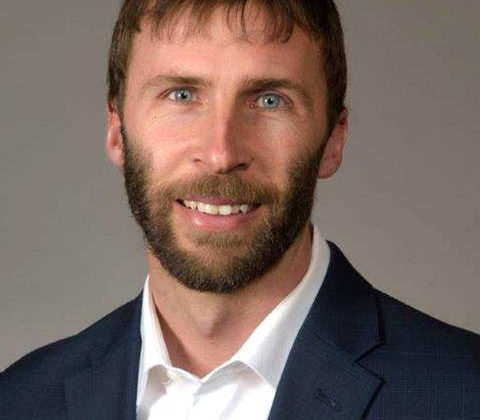Exploring the big box stores for the latest in tools and useful accessories is fun. Projects engineer Edwin Bukont was scouring Lowes for neat finds and came up with the little LED flashlight shown in Fig. 1.

In addition to being rotatable, there’s a strong magnet on the back, making it ideal to “stick” onto steel racks or steel rack rails, as seen in Fig, 2.

The light intensity is adjustable, too; and being LED-powered, it does not get hot. Ed also found a larger plug-in floor LED lamp, shown in Fig. 3.

If you haven’t converted to these LED lamps and flashlights, you’re missing out. The lighting is bright, plus the case doesn’t get hot as with traditional incandescent bulb trouble lights. Perhaps the best feature: When you drop the lamp, the bulb doesn’t break.
***
I received an email from an engineer asking about satellite interference.
Broadcast engineering veteran Ira Wilner offered some advice to engineers experiencing terrestrial interference to their satellite dishes. His first question for C-band operations is whether you have a C-band pre-selector filter between your feed horn and your LNB. Ira strongly suggests one.
In some cases, Ira has used two of these filters in series. LNBs are far more susceptible to out-of-band RFI than LNAs plus down converters. Their front ends are easily overloaded, and the spurious response will generate noise all across your down-converted C-band signal at L-band.
Interference could also be on-channel interference, and in that case, a filter won’t really help. In those cases, use a spectrum analyzer to diagnose the problem or search for the offending signal source.
***
Salem Media Group Orlando’s Louis Mueller wanted a portable workbench that was sturdy and inexpensive but that didn’t take up too much space in the transmitter building. Engineers often need a place to set test equipment, and the floor just isn’t convenient.
Chris Mallon
Michael Young
Lou found portable voting booths on eBay for less than $20. Shown in Fig. 4, the legs go in the case. When disassembled, this is small enough to fit in a corner or, for contract engineers, in the back of your vehicle. Because it’s portable, the case can be used outside to hold a bridge or an FIM. Fig. 5 is the identifying label, should you want to search for your own portable workbench.
***
As we start a new year, a great reminder from Larry Wilkins’ Alabama Broadcasters Association newsletter, Monday Morning Coffee Technical Notes.
Section 73.1820 of the FCC rules require the licensee of each station to maintain a station log.
I’ve heard engineers say, “Logs are no longer required.” This is not true. The station log shall be kept by the station employees competent to do so, having actual knowledge of the facts required.
All entries are required to be reviewed once each week and must accurately reflect the station operation. The chief operator or his designee must sign and date the log, thereby attesting to the fact that the entry, or any correction or addition made thereto, is an accurate representation of what transpired
Items required to be posted in the station log include:
● A record of all EAS activity (test and alerts) during the preceding week.
● A record of any malfunction or extinguishment of tower lighting.
● A record of failure, out-of-tolerance condition or corrective action (including calibration of automatic devices) made to the transmission system equipment, including monitoring and control devices.
Finally, these logs must be retained for a period of two years. Start the New Year by ensuring that your station engineering paperwork is in order.
Workbench is Radio World’s iconic tech tips column, edited by John Bisset, who has worked in broadcasting for 48 years, is SBE certified and is a past recipient of the SBE’s Educator of the Year Award. However, this column relies on you, the reader, to share your great ideas, workarounds, facility photos, war stories and DIY projects. Help your colleagues — and qualify for SBE recertification credit while you’re at it. Send your ideas, tips and high-resolution photos to johnpbisset@gmail.com. Fax to (603) 472-4944. Aren’t sure it’s a worthy tip? Send it anyway, we welcome all great ideas, and sometimes the smallest one can turn into a great discussion with other readers.









